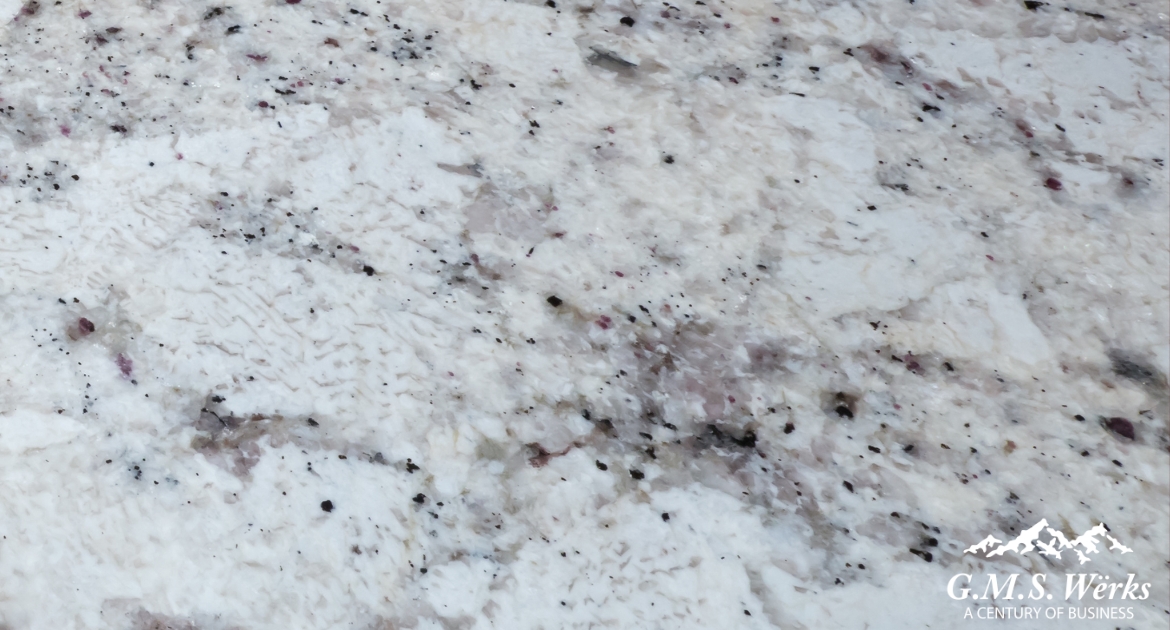-
4225 Florence Blvd
-
Appointments Recommended
Mon - Fri: 8:00am - 4:00pm
-
Schedule Your Appointment:
(402) 451-3400 - Request Quote
Mon - Fri: 8:00am - 4:00pm

Granite countertops are an elegant and durable choice for any home. With its striking beauty and long-lasting resilience, granite is one of the most popular natural stone choices for kitchens, bathrooms, and more. However, just like any other surface, granite requires proper maintenance to retain its luster. Two essential processes that help maintain granite’s stunning appearance are buffing and polishing. While both methods are meant to improve the look and feel of granite, they serve different purposes. Let’s break down the differences between buffing and polishing, and explore how each method affects the appearance and longevity of granite countertops.
Buffing granite countertops refers to using an abrasive material, such as a buffing pad or powder, to smooth out the stone's surface and remove any minor imperfections. This method is commonly used to restore the shine and remove scratches, stains, or any dull spots that may have appeared over time. The buffing method focuses on refining the surface by using a gentle abrasive that essentially helps restore the natural beauty of the stone without altering its overall texture.
The benefit of buffing is that it can make the stone appear more vibrant, especially when the granite has become dull or worn out. It can also help remove light scratches and restore the countertop's original luster. This method is less invasive than polishing, making it an ideal choice for those who want to refresh their countertops without altering the finish too much.
Polishing granite countertops is a more intensive process that uses finer abrasives and a polishing compound to create a high-gloss, shiny surface. It is generally done with a polishing machine and a specific compound that helps enhance the natural veins and depth of the granite’s color. Unlike buffing, which simply removes imperfections, polishing creates a sleek, glossy surface that reflects light.
Polishing granite countertops enhances their overall appearance by giving them that mirror-like finish. It is often done after buffing to give the surface an extra layer of shine and to seal it against potential stains or damage. A polished granite surface is more resistant to moisture, making it an excellent choice for kitchens and bathrooms, where water and humidity are prevalent.
While both buffing granite countertops and polishing aim to improve the granite’s look, they differ in terms of technique and results. The key differences are:
Finish: Buffing provides a matte to satin finish, making the stone smoother while removing imperfections. On the other hand, polishing delivers a high-gloss finish that enhances the stone’s natural color and depth.
Purpose: Buffing restores the stone’s surface by removing light scratches and stains. Polishing enhances the granite’s visual appeal by adding shine and depth to its natural color.
Durability: Polishing typically offers more protection as it forms a shiny, sealed layer that helps repel moisture, while buffing does not provide as much protective sealing.
Process: Buffing is generally done with a finer abrasive, while polishing requires a polishing compound and more intensive tools to achieve a glossy result.
Both buffing granite countertops and polishing serve essential purposes in maintaining your granite surfaces. If your granite countertops have light scratches, are losing their shine, or need a general refresh, buffing granite countertops may be the solution. On the other hand, if you want a high-gloss finish and enhanced protection, polishing is the way to go.
At GMS Werks, we specialize in granite countertop maintenance and restoration services, including buffing granite countertops and polishing. Our expert team can help you choose the best method based on your needs and restore your countertops to their former glory.